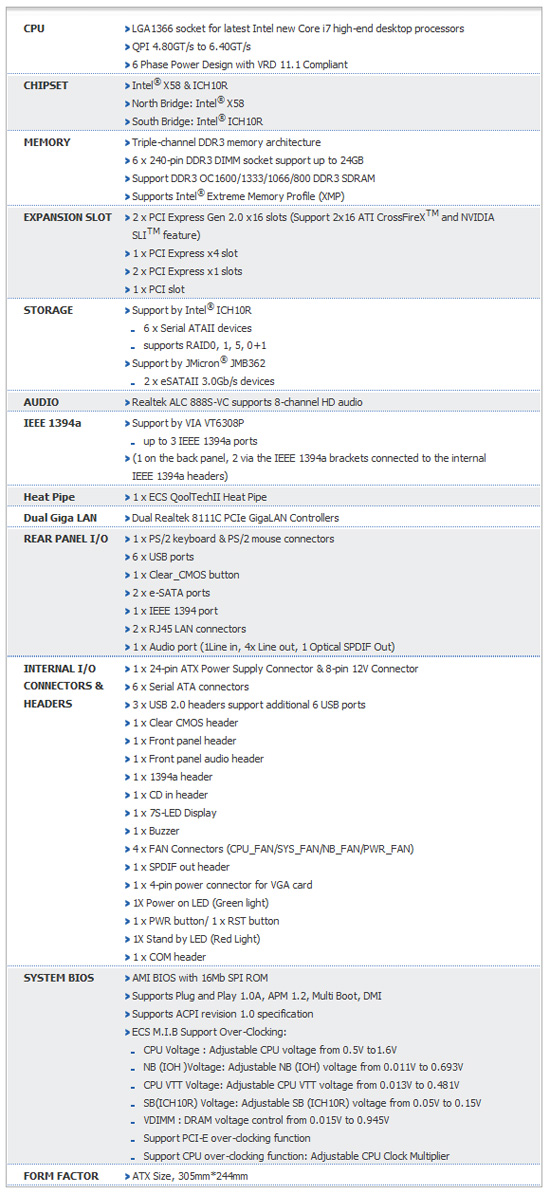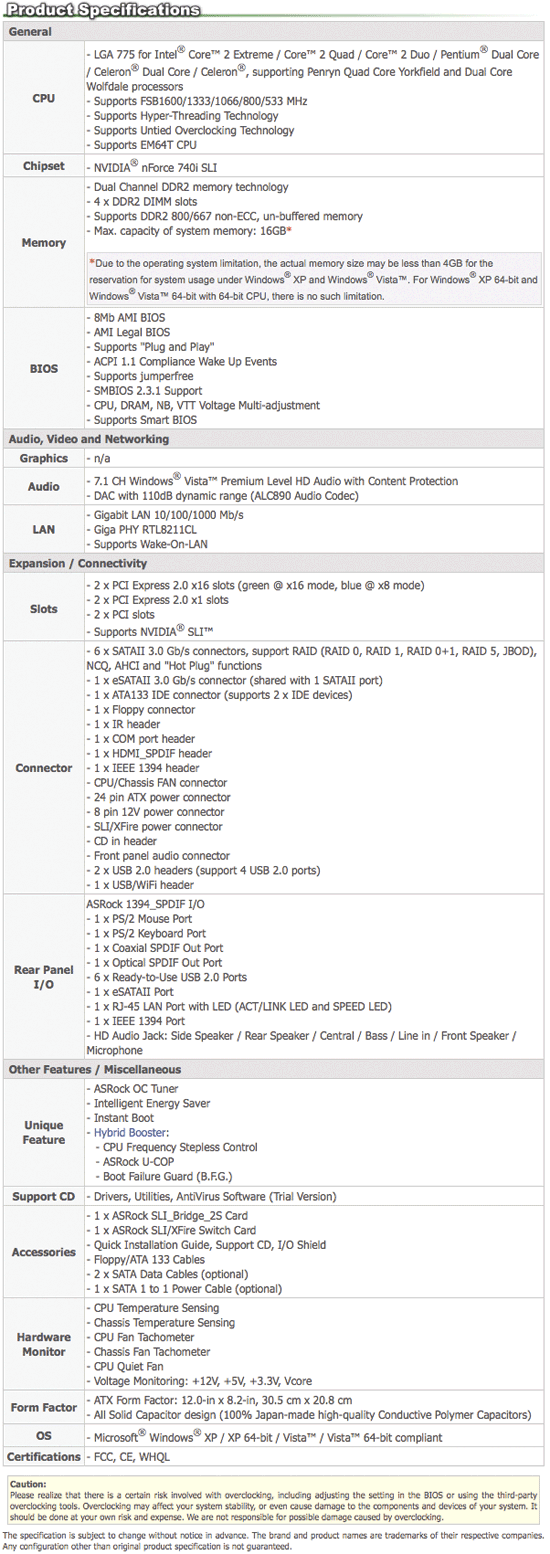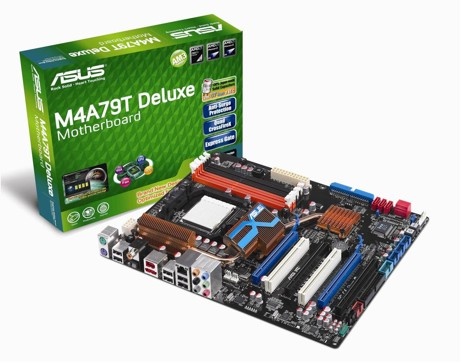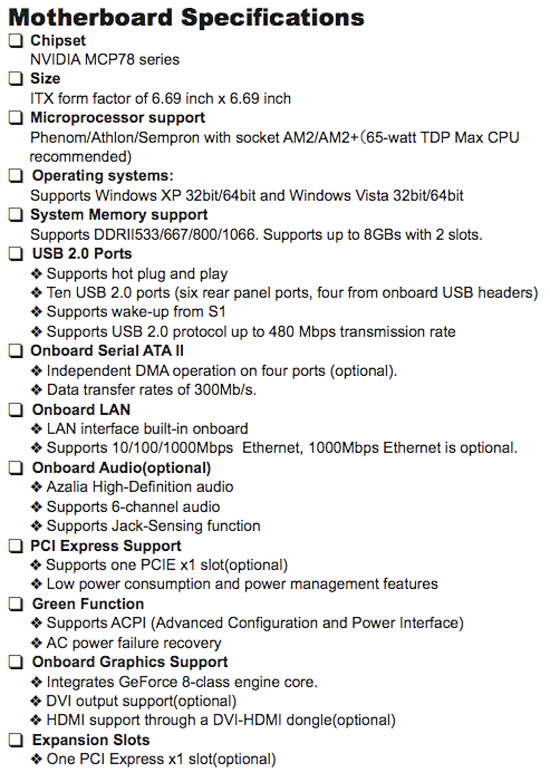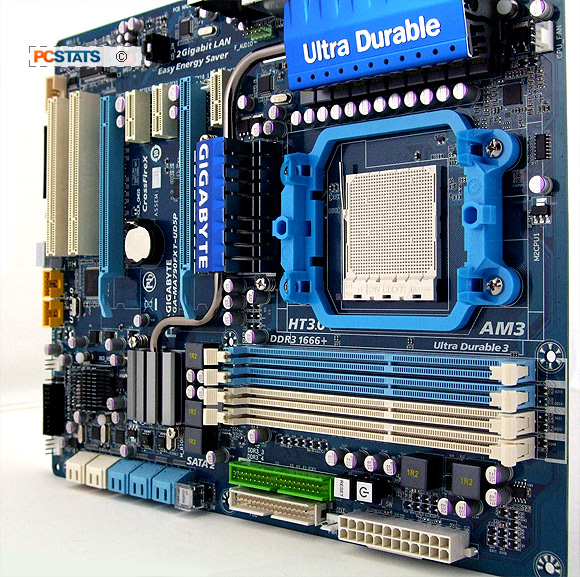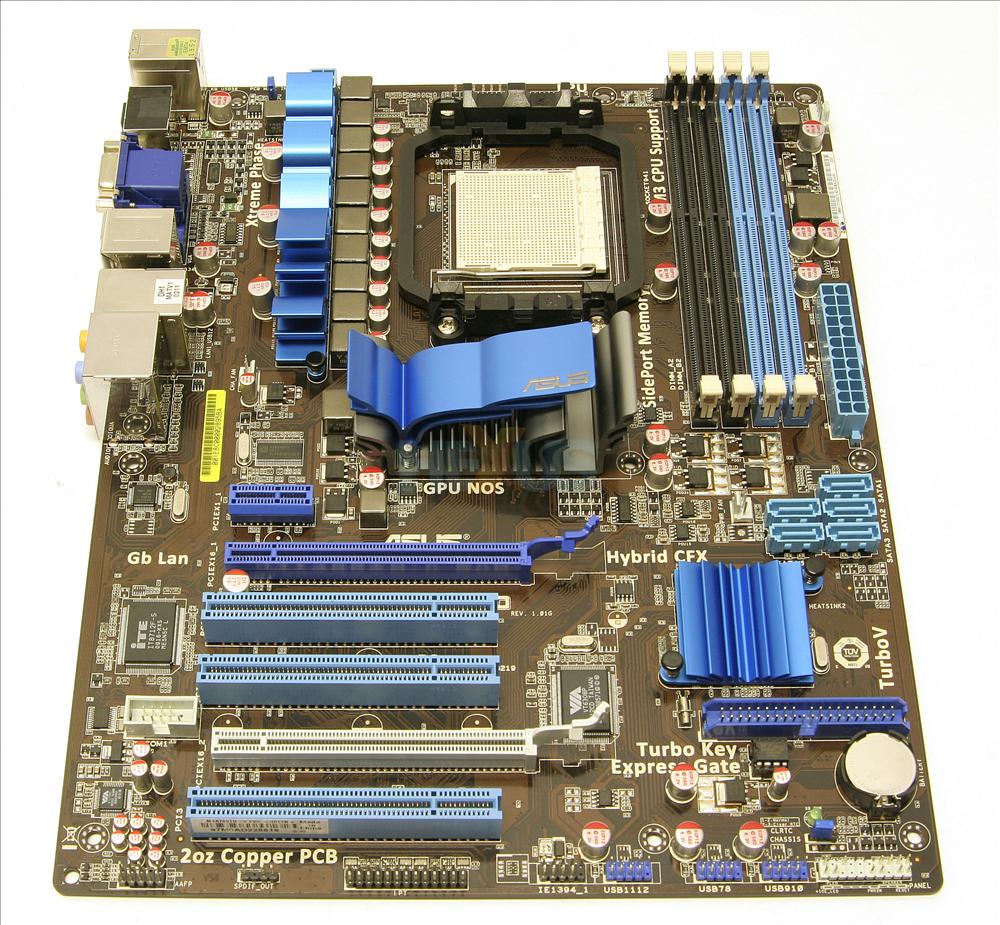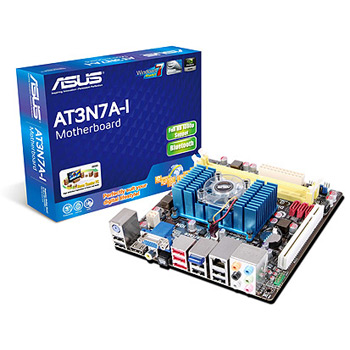Introduction and Specs

ASRock has never been shy about releasing new motherboards. Over the last couple of years it seems that we have seen a new board about every other week! That may be a slight exaggeration, but the truth is, they have produced a lot of different models, although a new one may only be a slight variation from the last board based on the same chipset. They have produced some good boards. Today, we get to see if that trend continues with the ASRock X58 SuperComputer motherboard. Based on the latest and greatest from Intel, this board is priced at a premium and geared to the enthusiast and high end market. Will it compete with other boards released on the same chipset? That is what we intend to find out!
AsRock X58 SuperComputer motherboard Specifications:
General
CPU - Intel® Socket 1366 Core™ i7 Processor Extreme Edition / Core™ i7 Processor Supports Intel® Dynamic Speed Technology
- System Bus up to 6400 MT/s; Intel® QuickPath Interconnect
- Supports Hyper-Threading Technology
- Supports Untied Overclocking Technology
- Supports EM64T CPU
Chipset - Northbridge: Intel® X58
- Southbridge: Intel® ICH10R
Memory - Triple Channel DDR3 memory technology
- 6 x DDR3 DIMM slots
- Supports DDR3 2000(OC)/1866(OC)/1600(OC)/1333(OC)/1066 non-ECC, un-buffered memory
- Supports DDR3 ECC, un-buffered memory with Intel® Workstation 1S Xeon® processors 3500 series
- Max. capacity of system memory: 24GB*
- Supports Intel® Extreme Memory Profile (XMP)**
*Due to the operating system limitation, the actual memory size may be less than 4GB for the reservation for system usage under Windows® XP and Windows® Vista™. For Windows® XP 64-bit and Windows® Vista™ 64-bit with 64-bit CPU, there is no such limitation.
**Due to Intel® CPU spec definition, XMP DIMMs and DDR3 2000/1866/1600 are supported for one DIMM per channel only.
BIOS - 8Mb AMI BIOS
- AMI Legal BIOS
- Supports "Plug and Play"
- ACPI 1.1 Compliance Wake Up Events
- Supports jumperfree
- SMBIOS 2.3.1 Support
- CPU, DRAM, NB, SB, VTT Voltage Multi-adjustment
- Supports I. O. T. (Intelligent Overclocking Technology)
- Supports Smart BIOS
Audio, Video and Networking
Graphics - n/a
Audio - 7.1 CH Windows® Vista™ Premium Level HD Audio with Content Protection
- DAC with 110dB dynamic range (ALC890 Audio Codec)
- DTS (Digital Theater Systems) support
LAN - PCIE x1 Gigabit LAN 10/100/1000 Mb/s
- Realtek RTL8111DL
- Supports Wake-On-LAN
- Supports Dual GLAN with Teaming function
Expansion / Connectivity
Slots - 4 x PCI Express 2.0 x16 slots (blue @ x8 / x16 mode, orange @ x8 / N/A mode) (Double-wide slot spacing between each PCI-E slot)
- 3 x PCI slots
- Supports ATI™ CrossFireX™, Quad CrossFireX™
- Supports NVIDIA® Quad SLI™, 3-Way SLI™ and SLI™
- Supports NVIDIA® Tesla Personal Supercomputer with three Tesla and one Quadro graphics cards
Connector - 6 x SATAII 3.0 Gb/s connectors, support RAID (RAID 0, RAID 1, RAID 10, RAID 5 and Intel® Matrix Storage), NCQ, AHCI and Hot Plug functions
- 1 x ATA133 IDE connector (supports 2 x IDE devices)
- 1 x Floppy connector
- 1 x IR header
- 1 x COM port header
- 1 x HDMI_SPDIF header
- 1 x IEEE 1394 header
- CPU/Chassis/NB/Power FAN connector
- 24 pin ATX power connector
- 8 pin 12V power connector
- CD in header
- Front panel audio connector
- 3 x USB 2.0 headers (support 5 USB 2.0 ports)
*2 SATAII 3.0 Gb/s connectors can be used as eSATAII connectors.
Rear Panel I/O I/O Panel
- 1 x PS/2 Mouse Port
- 1 x PS/2 Keyboard Port
- 1 x Coaxial SPDIF Out Port
- 1 x Optical SPDIF Out Port
- 6 x Ready-to-Use USB 2.0 Ports
- 1 x Powered eSATAII/USB Connector
- 2 x RJ-45 LAN Ports with LED (ACT/LINK LED and SPEED LED)
- 1 x IEEE 1394 Port
- HD Audio Jack: Side Speaker / Rear Speaker / Central / Bass / Line in / Front Speaker / Microphone
Other Features / Miscellaneous
Unique Feature - ASRock OC Tuner
- Intelligent Energy Saver
- Instant Boot
- Hybrid Booster:
- CPU Frequency Stepless Control
- ASRock U-COP
- Boot Failure Guard (B.F.G.)
Support CD - Drivers, Utilities, AntiVirus Software (Trial Version)
Accessories - 2 x ASRock XFire_Bridge_3S Cards
- 1 x ASRock SLI Bridge
- 1 x ASRock SLI_Bridge_3S Card
- 1 x ASRock 3-Way SLI Bridge Card
- Quick Installation Guide, Support CD, I/O Shield
- Floppy/ATA 133 Cables
- 6 x SATA Data Cables (optional)
- 2 x SATA 1 to 1 Power Cables (optional)
Hardware Monitor - CPU Temperature Sensing
- Chassis Temperature Sensing
- CPU/Chassis/NB/Power Fan Tachometer
- CPU Quiet Fan
- Voltage Monitoring: +12V, +5V, +3.3V, CPU Vcore
Form Factor - ATX Form Factor: 12.0-in x 9.6-in, 30.5 cm x 24.4 cm
- All Solid Capacitor design (100% Japan-made high-quality Conductive Polymer Capacitors)
OS - Microsoft® Windows® XP / XP 64-bit / Vista™ / Vista™ 64-bit compliant
Certifications - FCC, CE, WHQL
Let's take a look at the board's layout.
Read more...

 Read more...
Read more...



